A ganglion cyst in wrist is a swelling near a tendon or a joint at the back of the hand or the wrist that may either feel soft or hard. Its size may vary and sometimes it can be painful while to some it doesn’t feel anything. The ganglion is made up of a jelly-like, thick liquid that is clear in appearance. A ganglion cyst in wrist can appear on different parts of the wrist, while some ganglion cysts can also grow on the thumb, the forefingers and any other parts of the hand; it may grow in size but will not spread on other parts of the body. This cyst is benign meaning it does not cause cancer so it is harmless and is more of an inconvenience to the person.
Causes of Ganglion Cyst in Wrist
There is no precise determinant that proves the origin of ganglion in wrist. However there are theories that suggest the causes from which these ganglia came from. Ganglion cyst may occur due to trauma to the hand, palm or wrist. The trauma would then cause the tissue of the joint to rupture and form small cysts in the process. Often times, gymnasts who make use of their hands and wrists for balance have ganglia in their hands or wrists. Another theory suggests that these cysts can be caused by arthritis or injury that may cause a leak from a compartment of the joints and tendons. Once the fluid leaks out it forms a mass or a cyst. With normal day to day activity, pressure is applied to the compartments making the cyst feel as hard as a bone.
How to Determine if the Ganglion is Serious or Not
Most of the ganglion cyst in wrist is harmless; however, it is still important to make sure. If the pain becomes persistent and the cyst has grown into an abnormally huge lump, it is advisable that one see a doctor. Only a physician can determine if it is a mere ganglion or a symptom or a tumor of a more serious disease.
Treatment of Ganglion Cyst in Wrist
Some ganglia resolve by themselves in time. Some remain in the wrist and will serve as nothing but an inconvenience to the individual. However, if you already find it annoying, these cysts can be removed. The first thing to do is to wait and observe if there are any unusual changes with the size and the sensation or if the cyst inflicts pain to the wrist. If the cyst increases in size, this is usually because of the day to day activities that create pressure on the cyst allowing it to grow in size. The pressure can also create pain on the cyst. A way to temporarily relieve this is to immobilize the wrist with the use of a wrist brace. This would often result to a decrease in cyst size and pain. Another way to reduce pain is to take anti-inflammatory medicines. After observation and immobilization, if an individual really wants to remove the cyst, aspiration can be done. Aspiration is performed in order to eliminate the cyst and decompress it. This is done by puncturing the cyst with a needle and draining the fluid inside. Minor surgery can be performed. This involves removing the cyst along with a portion of the joint or the tendon. After the surgery, it is important to let one’s wrist rest and normal activities may be resumed after two weeks. Keep in mind that cysts may reappear in time.
Ganglion cyst in wrist is generally harmless. However, it is still best to seek medical consultation and have it checked.
Ganglion cyst in wrist pictures
Check out these photos of ganglion cyst in wrist to see how exactly the cyst looks
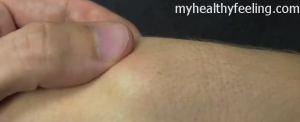
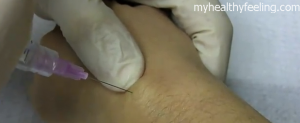
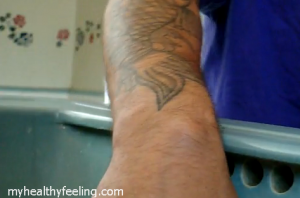
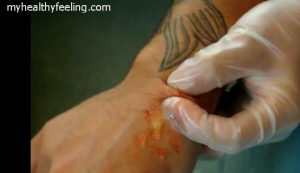
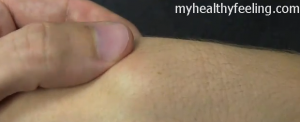
Great site. Plenty of helpful information here. I am sending it to a few pals ans additionally sharing in delicious. And obviously, thanks on your sweat!